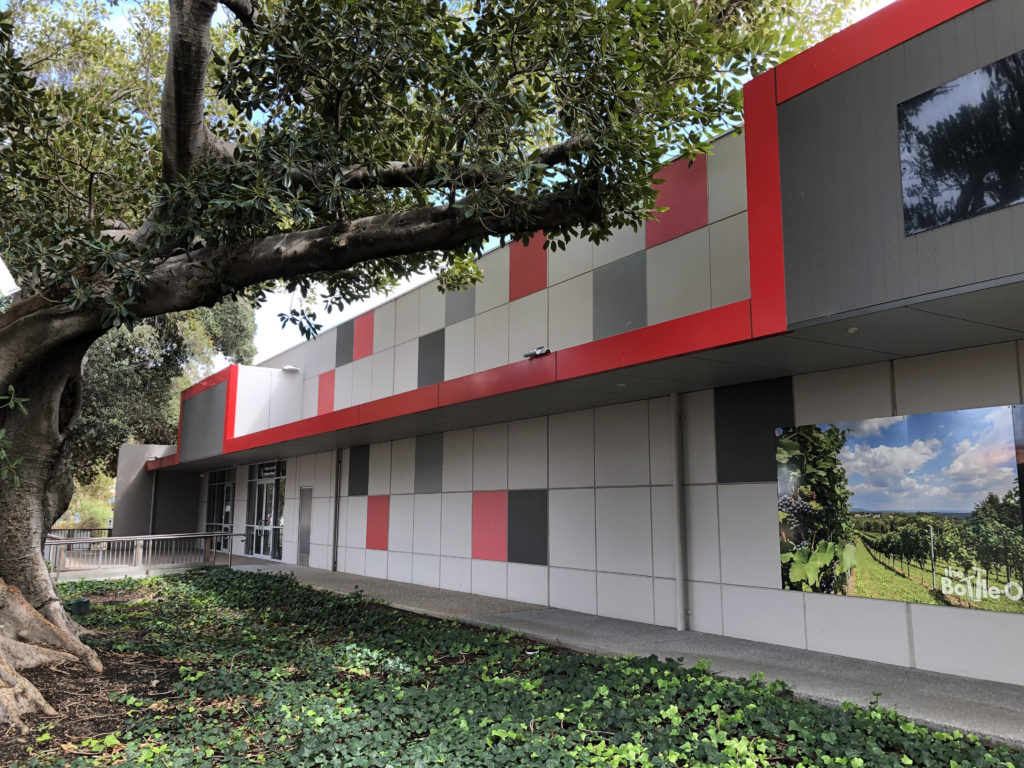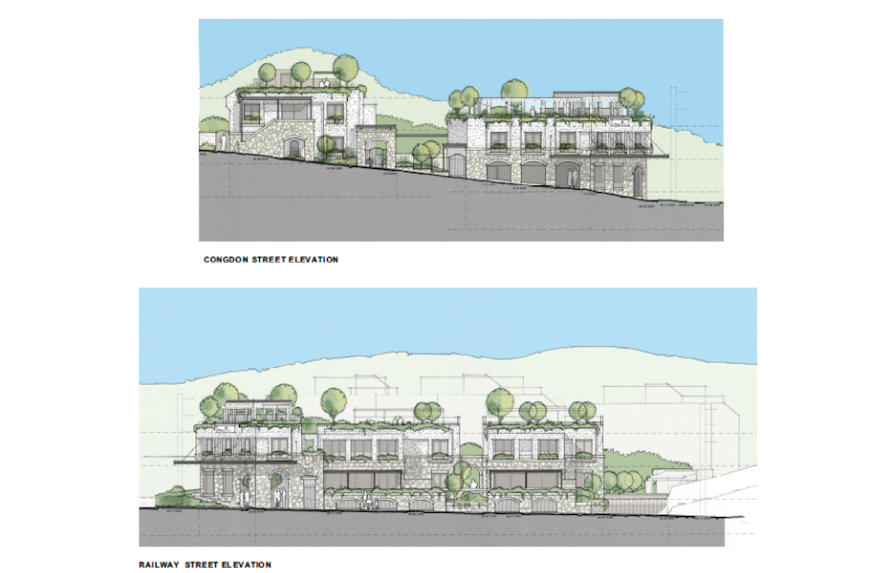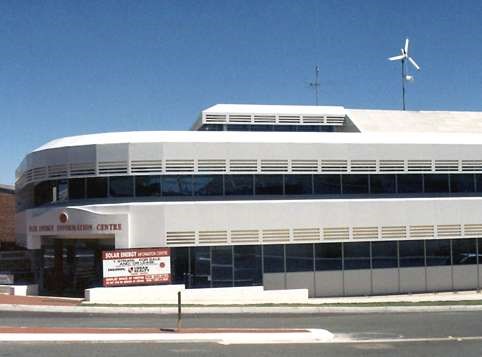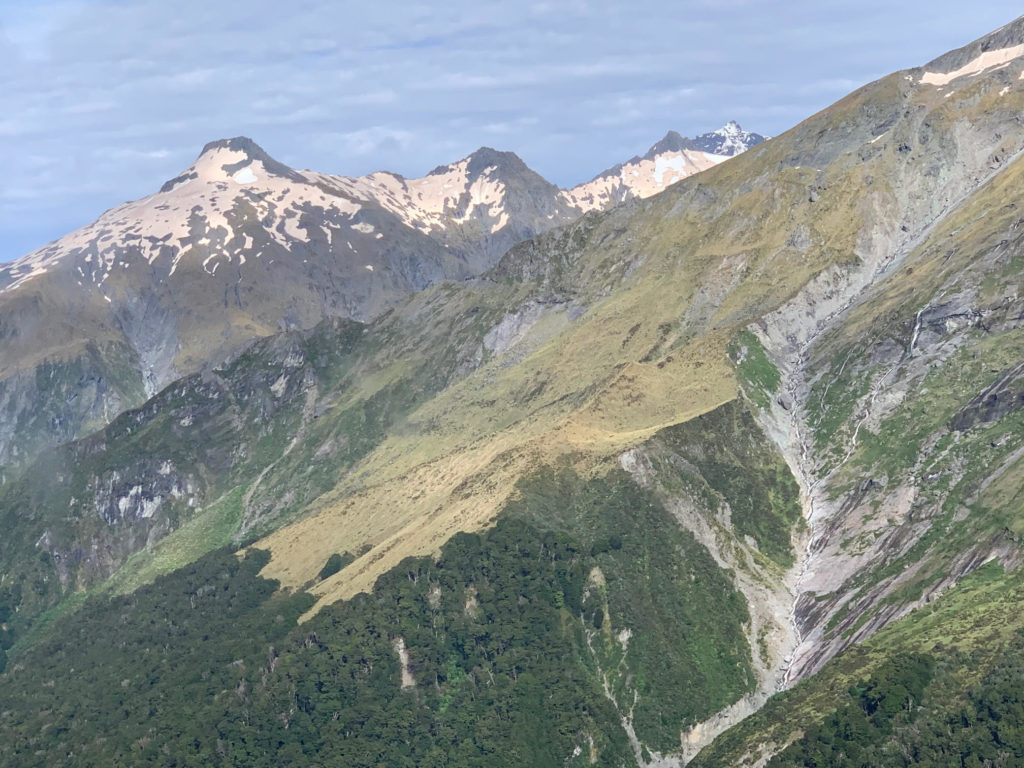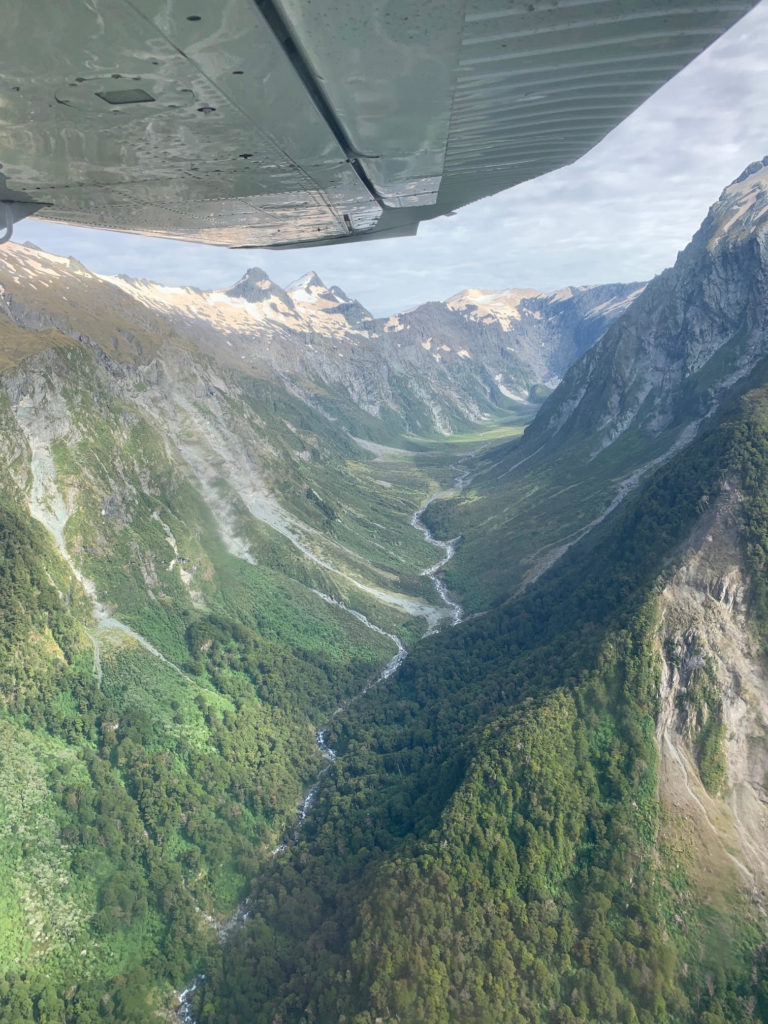
On a recent visit to Geraldton, I called into a visit a new IGA store in Dongara.It has many Ecological Sustainable Design elements including a 100kw solar power system.

As an adjunct professor at Murdoch, I propose it to be a potential study project for the right student. The aim will be to analyse the energy flows and recommend future improvements. This project will be part of the Honours or Masters program in Energy Studies at Murdoch University. The owners are supportive and available to help the student with this study. The building is built of tilt up panel and is painted to be bright and attractive, but also tone in with the magnificent Moreton Bay fig trees in the main street.
